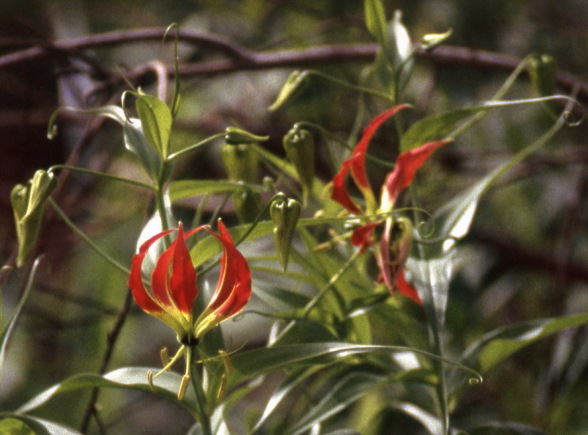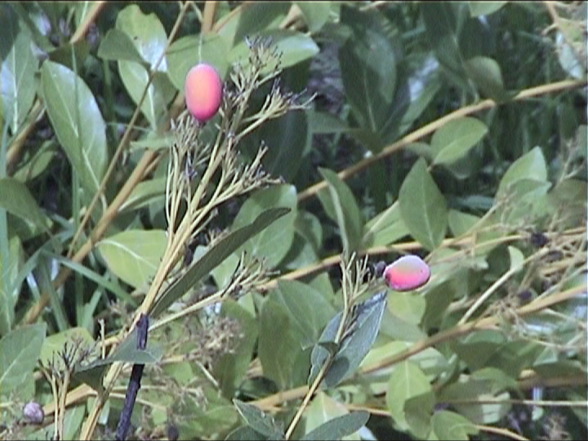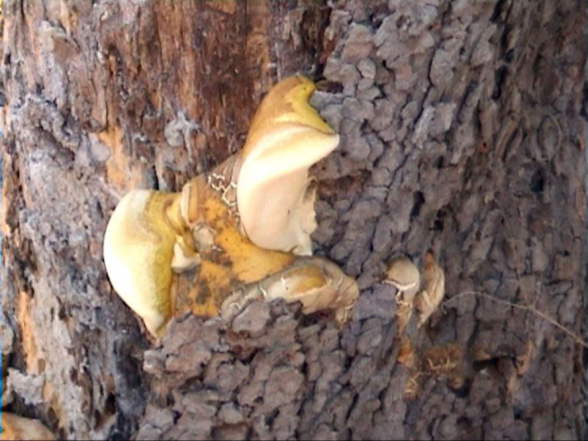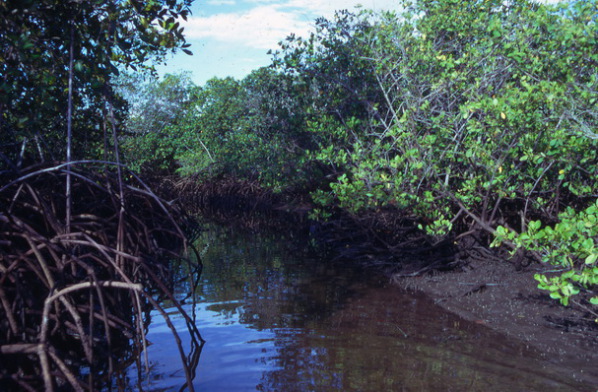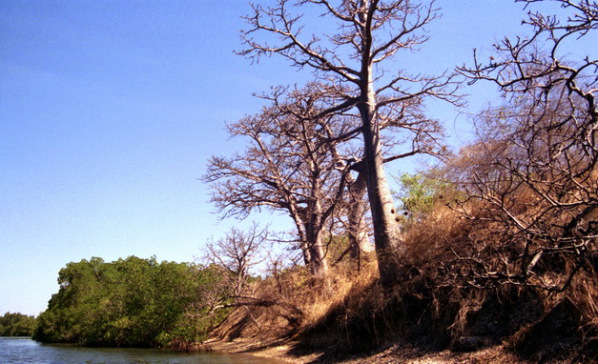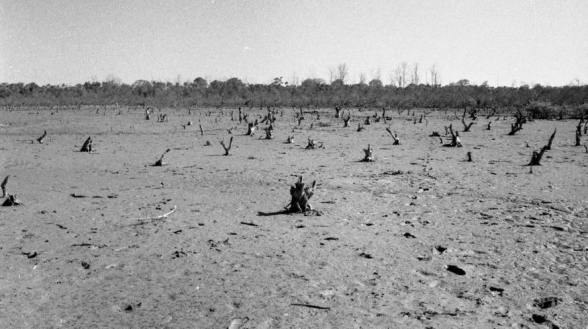Sénégal Réserves de Popenguine, de Bandia Neltuma (Prosopis) velutina
Parc national du Delta du Saloum, réserve MaB/UNESCO. La forêt de Fathala; la mangrove du Bandiala Boules de feu Scadoxus multiflorus; Palmier de la biche blanche Thonningia sanguinea; Manganassou Icacina (senegalensis) oliviformis; Lis de flamme, de feu, de gloire, griffe de tigre Gloriosa superba Flame, fire, glory lily, tiger claw Ruhmeskrone ; Neltuma (Prosopis) velutina ; Crinum ornatum; Lonchocarpus sericeus Ganoderma
In middle and bottom, videos seen from the sky of the Fathala forest
and of the Bandiala mangrove
Reproduction soumise à l'autorisation des auteurs et des ayant droit
Réserve de Popenguine, Cap de Naze
Réserve de Bandia
Neltuma (Prosopis) velutina #015415 © Gérard Galat-IRD 2002-08-30 ---113888.mp4
Parc national du Delta du Saloum,
réserve MaB/UNESCO
Forêt de Fathala
Piste en saison des pluies #015807 © Gérard Galat-IRD 1990
Vidéo :
Réouverture d'une piste dans la forêt de Fathala après la saison des pluies avec un VolkswagenWestfalia Joker 4x4 #098706 © Gérard Galat-IRD 1988 ►
Mangrove
In: Galat-Luong, A., Galat, G. 2007. Influence of anthropization on the distribution of the large wildlife. The mangroves, a refuge environment. In : Quelles aires protégées pour l’Afrique de l’Ouest ? Conservation de la biodiversité et développement. Fournier A., Sinsin B., Mensah G. A., Eds. CD Rom. Collection : Colloques et séminaires. IRD. Paris : 568-569.
we wrote:
“The Delta du Saloum National park (Senegal) mangrove swamp, although threatened by an excessive exploitation, shows yet a diverse fauna of large mammals. Certain species of large and medium herbivore (Manatee) or carnivore (white cheeks Otter, swamp Mongoose, which consume essentially fishes, eggs, mollusks and shellfishes) Mammals are there enfeoffed. The small nocturnal carnivores (Mongooses, Wildcat, Genets) feed on fishes, invertebrates and small birds. As a result of the increase of the human pressure, new species included this particular environment in their home range. Our study, led in 1975-1976, showed that Green Monkeys adapted well to this habitat. They stay there up to 80 % of their time and feed on different parts of Rhizophora trees and prey on Uca tangeri crabs. Sitatunga, that one thought extinct in Senegal since thirty years, was rediscovered there during the 1998 IRD-DPN-DEFCC-IUCN census, in very small and fragmented populations. This demonstrates the efficiency of mangrove swamps as refuge. More recently, new species (Patas monkey, Bushbuck, and Warthog since about ten years ; Guinea fowl and especially Red Colobus for about five years) enter the mangrove swamp and find there protection against disturbances caused by man. Their predators, Civet and Hyena, follow them there. Sitatunga and Red Colobus survive in particularly confined and fragmented populations. Climatic change (dryness) and especially anthropisation (loss of continental habitats through deforestation, human activities disturbances) affected the mangrove swamp ecosystem which saw, in a short time, an increase of the large vertebrates diversity. This increase is however misleading, because it is only due to concentration of threatened species in their last refuge.
Grants: IRD, IUCN. Thanks : DPNS, PNDS Curator and rangers.”
Neltuma (Prosopis) velutina 2001-05-21 Leba~---026381.mpg
Casamance Kalounayes








